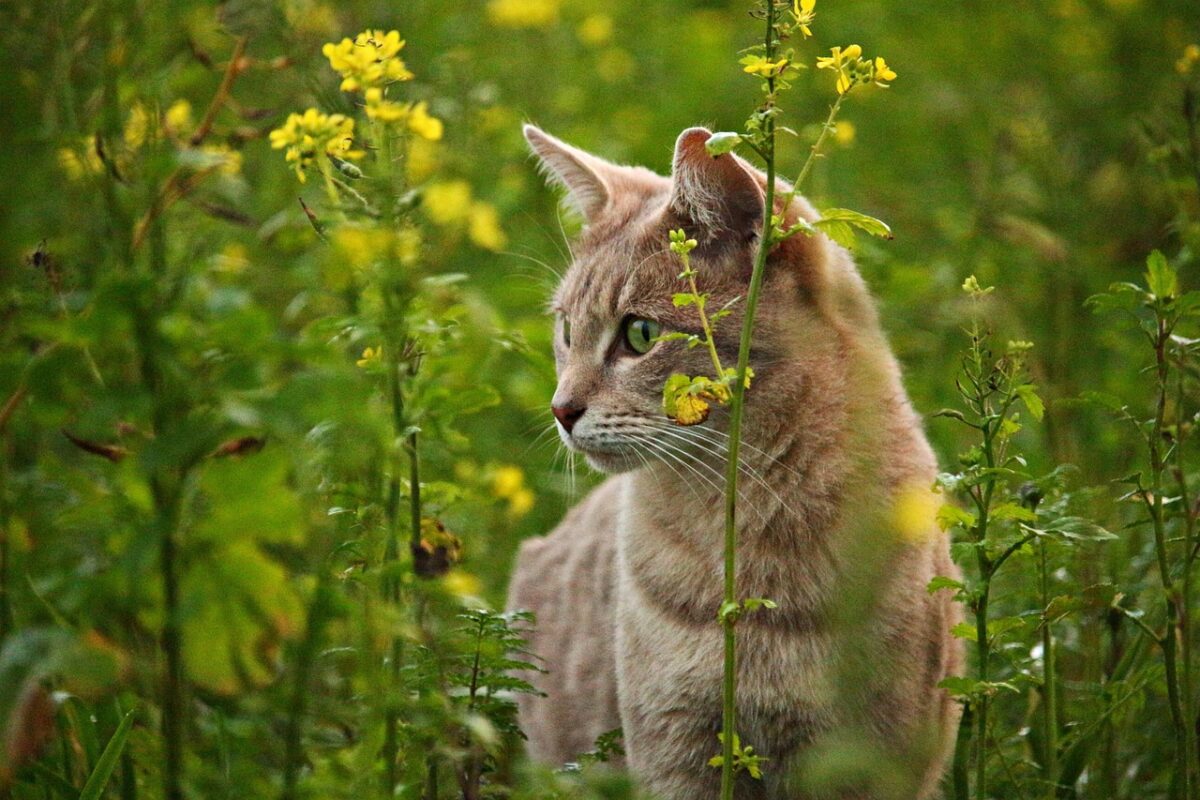As a cat owner, creating a safe and welcoming environment for your feline friend can be both rewarding and challenging, especially when it comes to incorporating plants into your home. Many common houseplants can pose serious health risks to cats, making it crucial to choose greenery that is not only beautiful but also non-toxic. This guide will explore a variety of plants that are safe for cats, along with care instructions, seasonal tips, and essential tools to help you maintain a thriving indoor garden while ensuring your pet’s safety.
Choosing cat-safe plants is essential for several reasons. First and foremost, it protects your pet from potential poisoning, which can lead to serious health issues or even be fatal. Additionally, incorporating non-toxic plants can enhance your living space, improve air quality, and provide a natural habitat for your cat to explore. Understanding which plants are safe allows you to create a lush, green environment that both you and your pet can enjoy.
Top 25 Plants Not Toxic to Cats
Here are 25+ non-toxic plants for cats that can brighten your home without compromising your pet’s safety:
- Spider Plant (Chlorophytum comosum): Hardy and easy to care for, spider plants thrive in indirect sunlight and can tolerate neglect.
- Boston Fern (Nephrolepis exaltata): This lush fern prefers humid conditions and indirect light, making it a great choice for bathrooms.
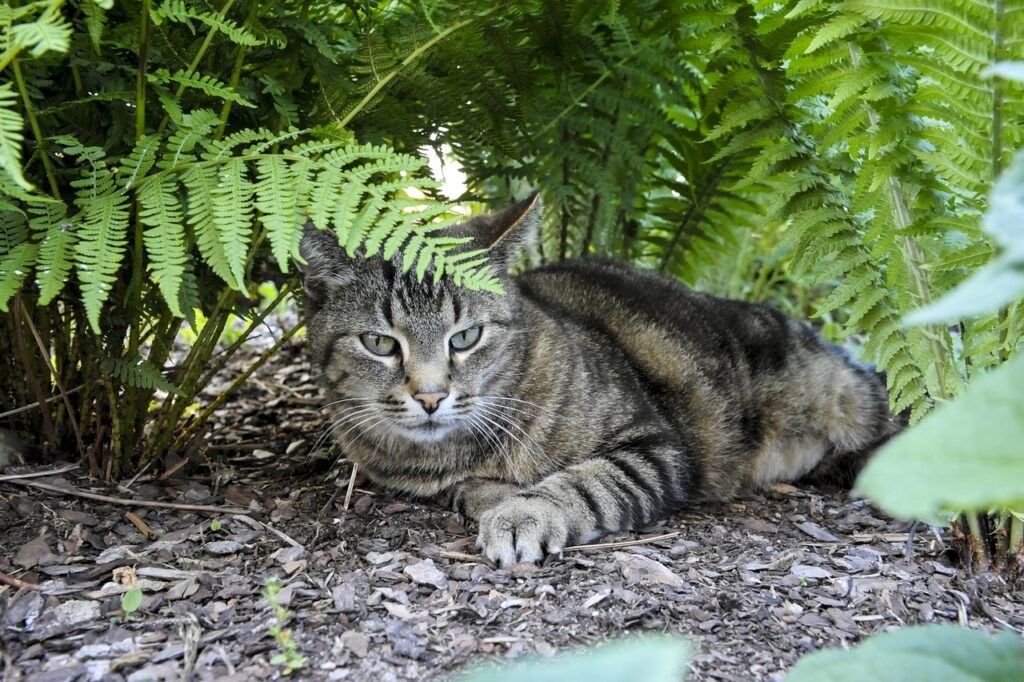
- Ponytail Palm (Beaucarnea recurvata): With its unique appearance, this plant requires minimal water and bright, indirect light.
- Areca Palm (Dypsis lutescens): An excellent air purifier, this palm prefers bright, indirect light and regular watering.
- Bamboo Palm (Chamaedorea seifrizii): This adaptable palm thrives in low light and adds a tropical touch to any room.
- Parlor Palm (Chamaedorea elegans): A popular indoor plant, it tolerates low light and needs only occasional watering.
- Calathea (Calathea spp.): Known for its striking leaf patterns, calathea prefers indirect light and high humidity.
- Cast Iron Plant (Aspidistra elatior): Extremely resilient, this plant can survive in low light and requires little water.
- Ponytail Plant (Beaucarnea recurvata): This unique plant thrives on neglect and prefers bright, indirect light.
- Friendship Plant (Pilea involucrata): This low-maintenance plant enjoys bright, indirect light and moderate watering.
- Prayer Plant (Maranta leuconeura): Known for its distinctive leaf movements, it prefers indirect light and moist soil.
- Peperomia (Peperomia spp.): A diverse group of plants that thrive in low light and require minimal watering.
- Money Tree (Pachira aquatica): This plant is believed to bring good luck and prefers bright, indirect light.
- Haworthia (Haworthia spp.): A succulent that thrives in bright light and only needs occasional watering.
- Christmas Cactus (Schlumbergera spp.): This festive plant blooms beautifully and prefers indirect light and moderate watering.
- African Violet (Saintpaulia spp.): A popular flowering plant that prefers bright, indirect light and consistent moisture.
- Orchid (Orchidaceae): Many varieties are non-toxic, thriving in bright, indirect light and requiring specific watering techniques.
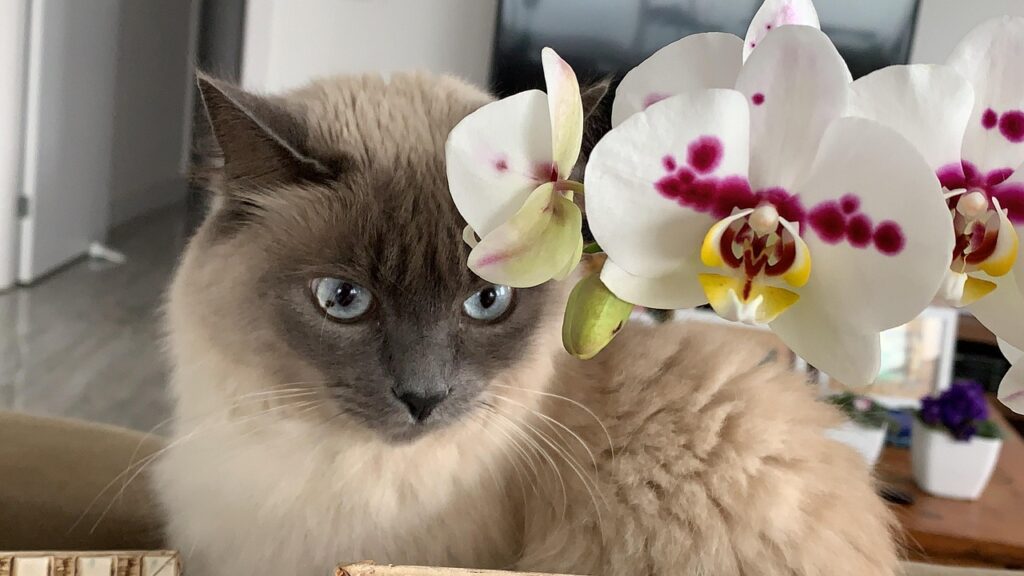
- Lady Palm (Rhapis excelsa): This palm is great for indoors, thriving in low light and requiring moderate watering.
- Fiddle Leaf Fig (Ficus lyrata): A trendy choice, it prefers bright, indirect light and needs regular watering.
- Chinese Money Plant (Pilea peperomioides): Easy to propagate, this plant prefers bright, indirect light and moderate watering.
- Dracaena (Dracaena spp.): Many varieties are safe for cats and thrive in low to bright light conditions.
- Succulents (Various species): Many succulents are non-toxic and thrive in bright light with minimal watering.
- Cast Iron Plant (Aspidistra elatior): Extremely resilient, this plant can survive in low light and requires little water.
- Rubber Plant (Ficus elastica): Known for its glossy leaves, it prefers bright, indirect light and moderate watering.
- Air Plant (Tillandsia spp.): These unique plants thrive without soil and need bright, indirect light and occasional misting.
- Rattlesnake Plant (Calathea lancifolia): Known for its striking leaves, it prefers indirect light and high humidity.
Quick Reference Table: Cat-Safe Plants at a Glance
| Plant Name | Light Requirements | Watering Needs | Special Care |
|---|---|---|---|
| Spider Plant | Indirect light | Moderate | Occasional pruning |
| Boston Fern | Indirect light | High humidity | Keep soil moist |
| Ponytail Palm | Bright, indirect light | Minimal | Allow soil to dry out |
| Areca Palm | Bright, indirect light | Regular | Dust leaves regularly |
| Bamboo Palm | Low light | Moderate | Rotate for even growth |
| Prayer Plant | Indirect light | Moderate | High humidity preferred |
| Money Tree | Bright, indirect light | Moderate | Rotate for even growth |
Essential Care Instructions for Cat-Friendly Plants

Proper care is vital for ensuring your cat-safe plants thrive. Below are step-by-step care instructions for five popular non-toxic plants.
Spider Plant
- Soil: Use well-draining potting mix.
- Light: Prefers bright, indirect light.
- Watering: Water when the top inch of soil is dry.
Boston Fern
- Soil: Use a rich, organic potting soil.
- Light: Thrives in indirect light.
- Watering: Keep soil consistently moist and mist regularly.
Ponytail Palm
- Soil: Use a cactus mix for excellent drainage.
- Light: Prefers bright, indirect light.
- Watering: Allow soil to dry out between waterings.
Areca Palm
- Soil: Use well-draining potting mix.
- Light: Thrives in bright, indirect light.
- Watering: Water regularly, keeping soil slightly moist.
Prayer Plant
- Soil: Use a rich, organic potting mix.
- Light: Prefers bright, indirect light.
- Watering: Keep soil moist and mist regularly to maintain humidity.
Seasonal Plant Care Checklist
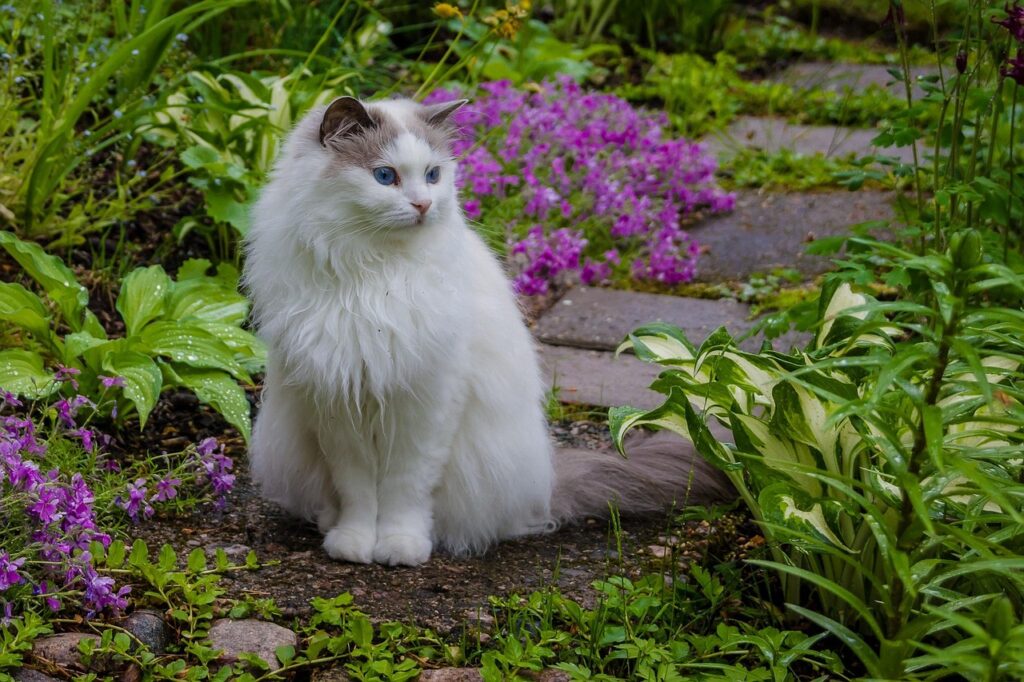
Proper seasonal care can help your plants thrive throughout the year. Here’s a seasonal checklist to guide you.
Spring
- Repot any plants that have outgrown their containers.
- Increase watering as plants begin to grow actively.
- Fertilize with a balanced, water-soluble fertilizer.
Summer
- Monitor for pests and treat immediately.
- Ensure adequate humidity for tropical plants.
- Rotate plants for even light exposure.
Fall
- Reduce watering as growth slows down.
- Trim back any dead or yellowing leaves.
- Prepare for indoor relocation if plants are outside.
Winter
- Keep plants away from drafts and heating vents.
- Reduce fertilization and watering frequency.
- Ensure adequate light, possibly using grow lights.
Common Issues: Pests, Diseases, and Troubleshooting
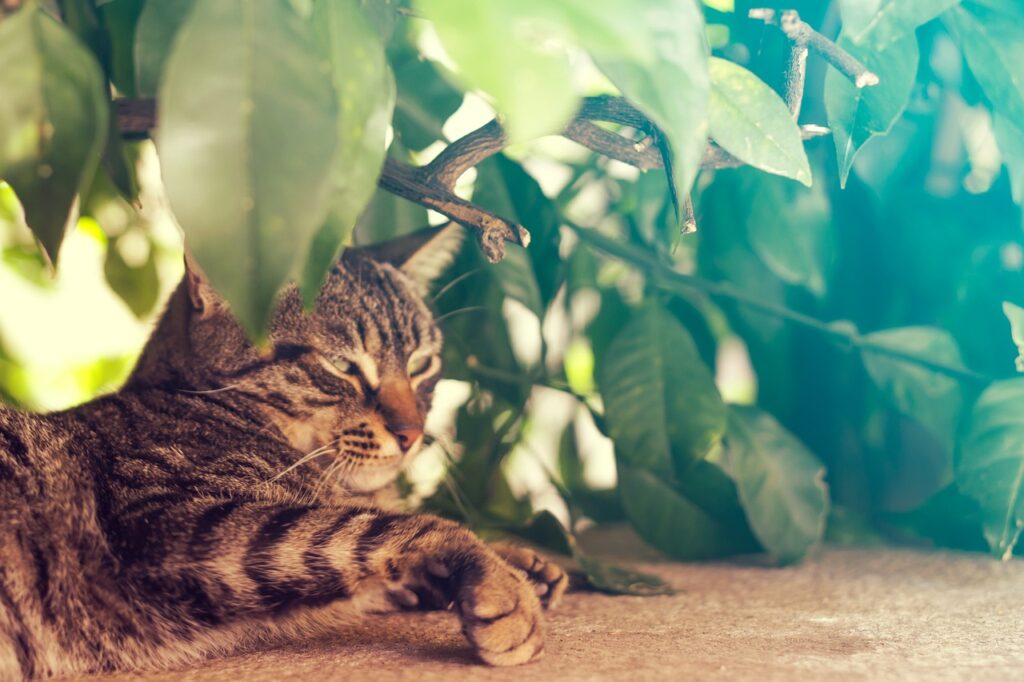
Even the healthiest plants can face challenges. Here are some common issues and how to address them.
Pests
- Aphids: Spray with a mixture of water and mild soap to eliminate.
- Spider Mites: Increase humidity and wipe leaves with damp cloth.
- Mealybugs: Remove with a cotton swab dipped in alcohol.
Diseases
- Root Rot: Ensure proper drainage and reduce watering.
- Leaf Spot: Remove affected leaves and avoid overhead watering.
- Powdery Mildew: Increase air circulation and treat with fungicide.
Tools and Supplies for Safe Indoor Gardening
Having the right tools can make plant care easier and more efficient. Here’s a list of essential supplies:
- Quality potting soil
- Well-draining pots
- Watering can with a narrow spout
- Pruning shears
- Plant fertilizer
- Humidity tray or misting bottle
- Grow lights for low-light conditions
Safety Tips: Protecting Both Plants and Cats
To ensure a harmonious relationship between your plants and your feline friend, consider the following safety tips:
- Place plants out of reach or use hanging planters.
- Train your cat to avoid certain areas using positive reinforcement.
- Provide cat grass or other safe alternatives for chewing.
- Regularly inspect your plants for any signs of toxicity or damage.
By choosing the right plants and following these guidelines, you can create a safe and beautiful indoor garden that both you and your cat will enjoy. Happy gardening!
